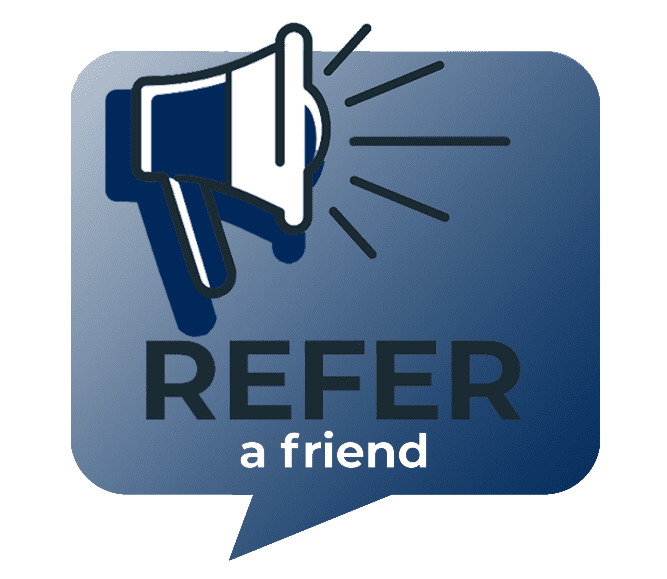With sinkhole activity up all around the state of Florida and especially a few big ones in the news lately, many people are wondering what exactly a sinkhole is and if they have adequate coverage for the damage one could cause.
To first clarify what a sinkhole is it is a depression, cavity or hole in the ground caused by some sort of collapse. Some believe these are a result of a soil issue, earth movement, nearby development, erosion, or running water such as a broken pipe underground. There are several things that can cause a sinkhole to open up and unfortunately, they can happen rather quickly and unexpectedly. Because there are not always indications or warnings, sinkholes can be very dangerous.
When there are symptoms of sinkhole activity, they typically include the following:
- cracks in interior joint areas, windows or doors
- cracks in exterior block or stucco
- windows and doors become harder to close properly
- depressions in your yard, other yards near you or the street
- deep cracks and separation of paved concrete walks and drives
- circular patches of wilting plants
- sediment in your water
- neighbors with confirmed sinkhole activity
- observation of an actual cavity beginning to open
In order for a claim to be covered as a sinkhole loss, there must be actual physical damage to the property covered arising out of or caused by sudden settlement or collapse of the earth supporting such property only when such settlements or collapse results from subterranean voids created by the action of water on a limestone or similar rock formation. More simply stated, not all direct collapses from settlement problems fall within sinkhole coverage.
At this time, most home insurance companies in Florida do not provide sinkhole coverage unless you have an underwriting approved sinkhole inspection.
It is important to note that a sinkhole differs from catastrophic ground cover collapse. This coverage is almost always on home insurance policies in Florida. There are a few things to consider as somewhat of a rule-of-thumb when it comes to catastrophic ground cover collapse such as:
- the abrupt collapse of the ground cover
- a depression clearly visible to the naked eye
- structural damage to the building including foundation
- the structure being condemned or vacated by government authority or official
Because sinkhole activity has grown to be just about as common as hurricanes and water damage in Florida, it is very important for all home owners to understand what coverage their policy has and pursue endorsements and inspections as they see fit to protect their property and belongings from damage. If you ever suspect sinkhole activity, it is advised to secure the location from people and pets and then contact local authority and your insurance agent.



